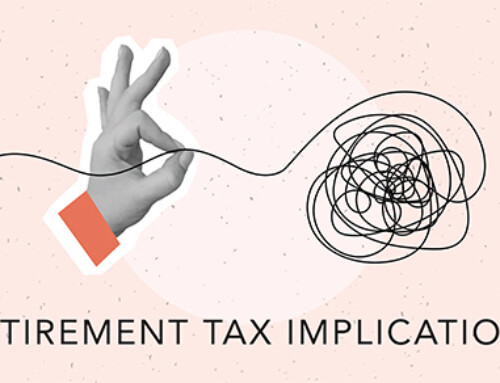
Information from irs.gov
The IRS states that the Child Tax Credit is a tax credit that may save taxpayers up to $1,000 for each eligible qualifying child. Taxpayers should make sure they qualify. The following tips are offered by the IRS:
- Qualifications. A qualifying child must:
- Age. The child must have been under age 17 on Dec. 31, 2016.
- Relationship. The child must be the taxpayer’s son, daughter, stepchild, foster child, brother, sister, stepbrother, stepsister, half-brother or half-sister. The child may be a descendant of any of these individuals. A qualifying child could also include grandchildren, nieces or nephews. Taxpayers would always treat an adopted child as their own child (adopted child includes a child lawfully placed with them for legal adoption).
- Support. The child must have not provided more than half of their own support for the year.
- Dependent. The child must be a dependent that a taxpayer claims on their federal tax return.
- Joint return. The child cannot file a joint return for the year, unless the only reason they are filing is to claim a refund.
- Citizenship. The child must be a U.S. citizen, a U.S. national or a U.S. resident alien.
- Residence. In most cases, the child must have lived with the taxpayer for more than half of 2016.
- Limitations. The Child Tax Credit is subject to income limitations. The limits may reduce or eliminate a taxpayer’s credit depending on their filing status and income.
- Additional Child Tax Credit. If a taxpayer qualifies and gets less than the full Child Tax Credit, they could receive a refund, even if they owe no tax, with the Additional Child Tax Credit.
- Schedule 8812. If a taxpayer qualifies to claim the Child Tax Credit, they need to check to see if they must complete and attach Schedule 8812, Child Tax Credit, with their tax return.





